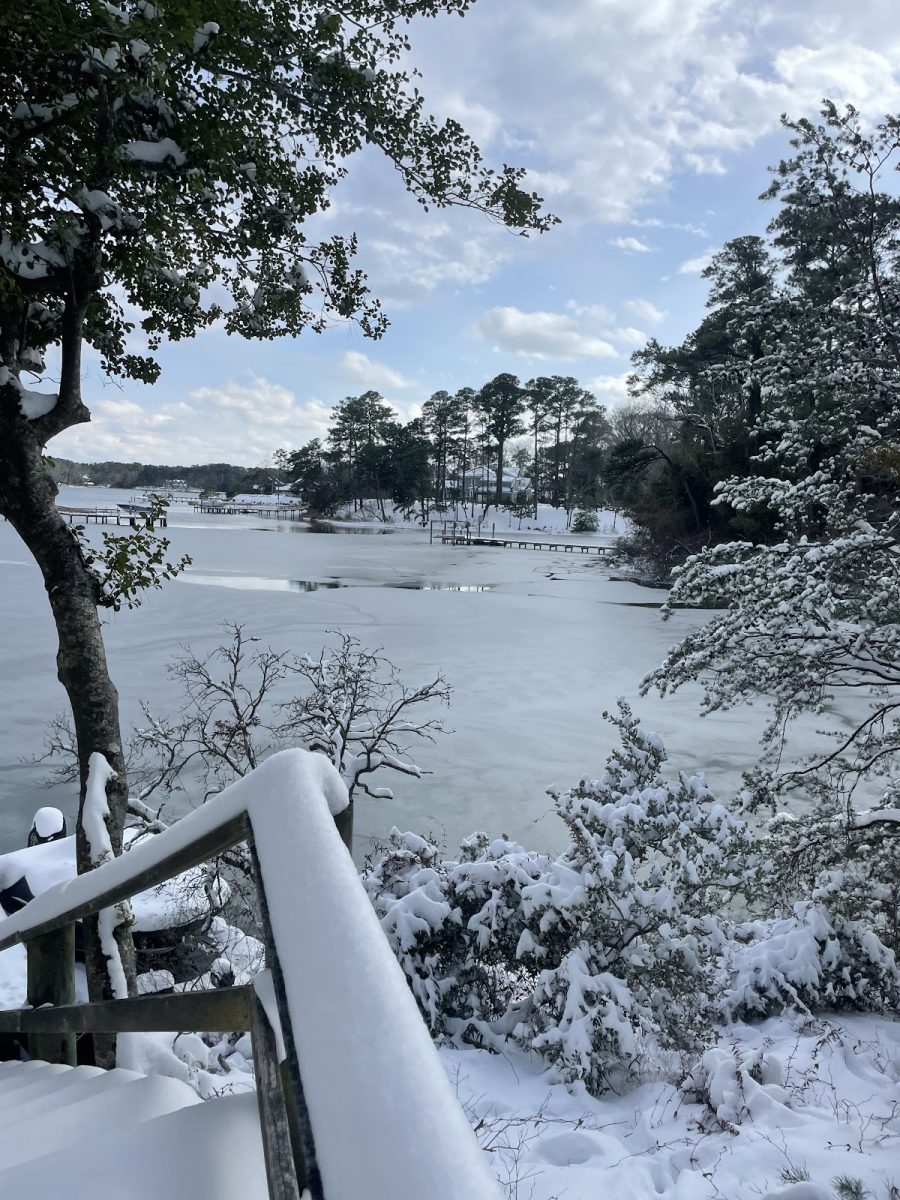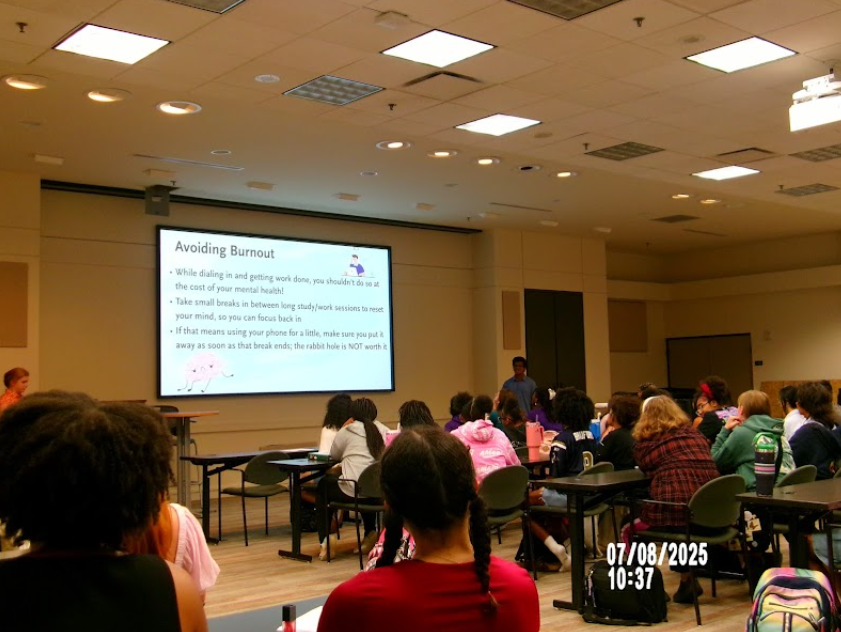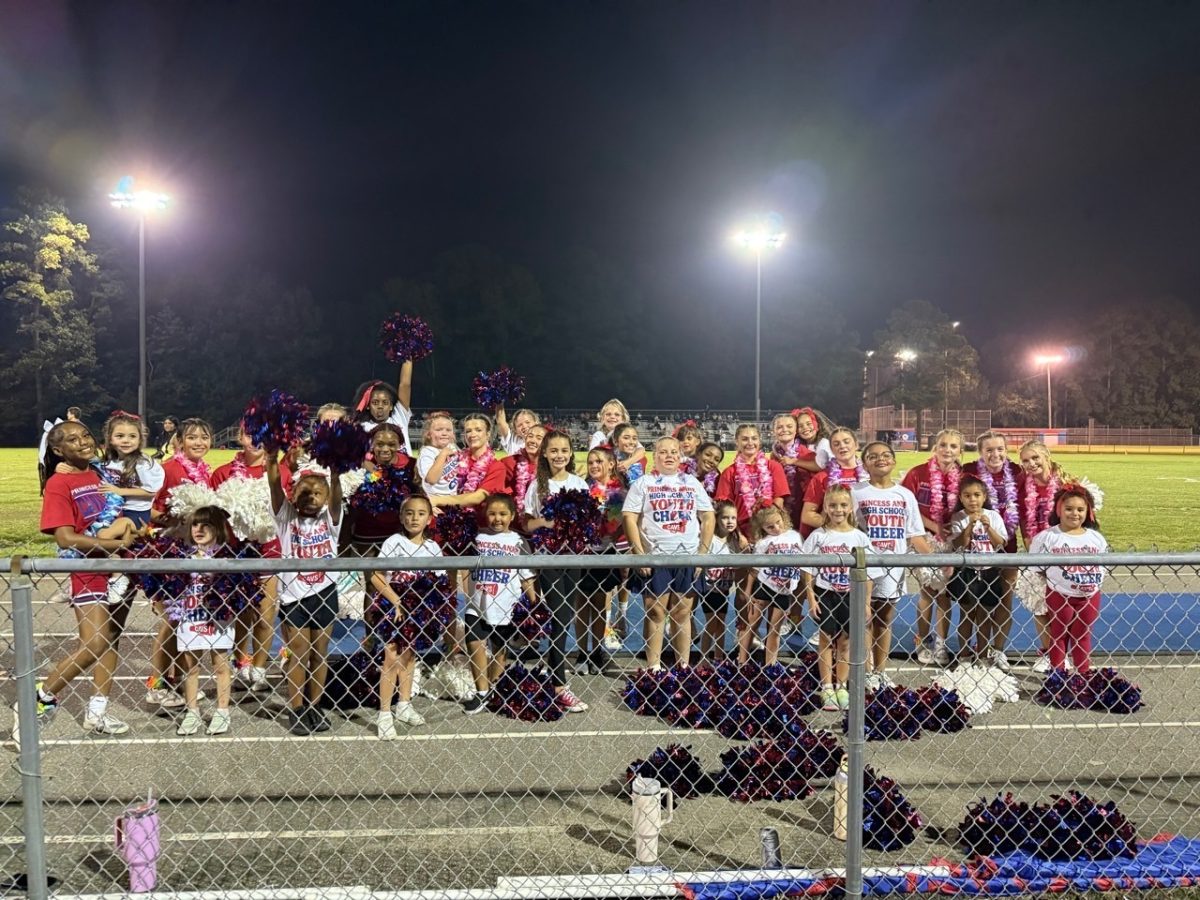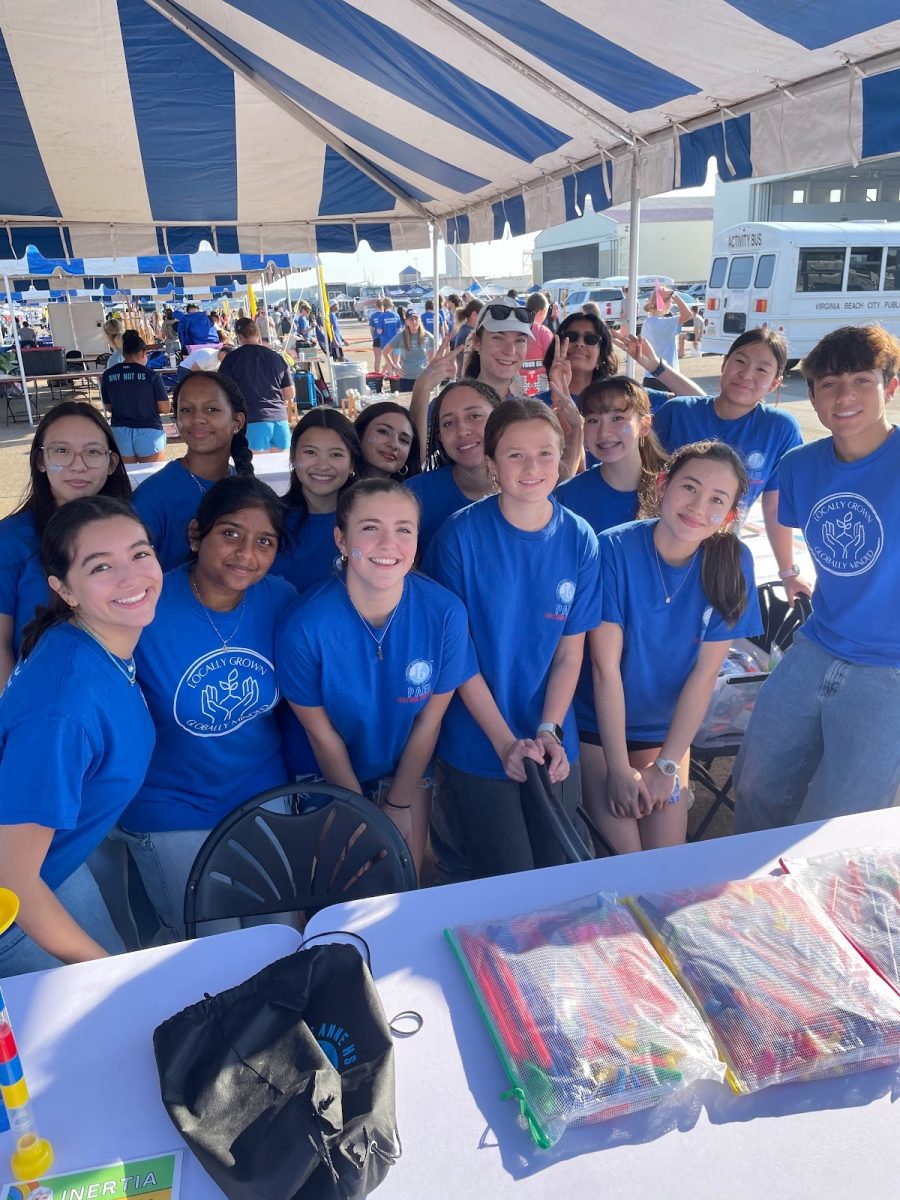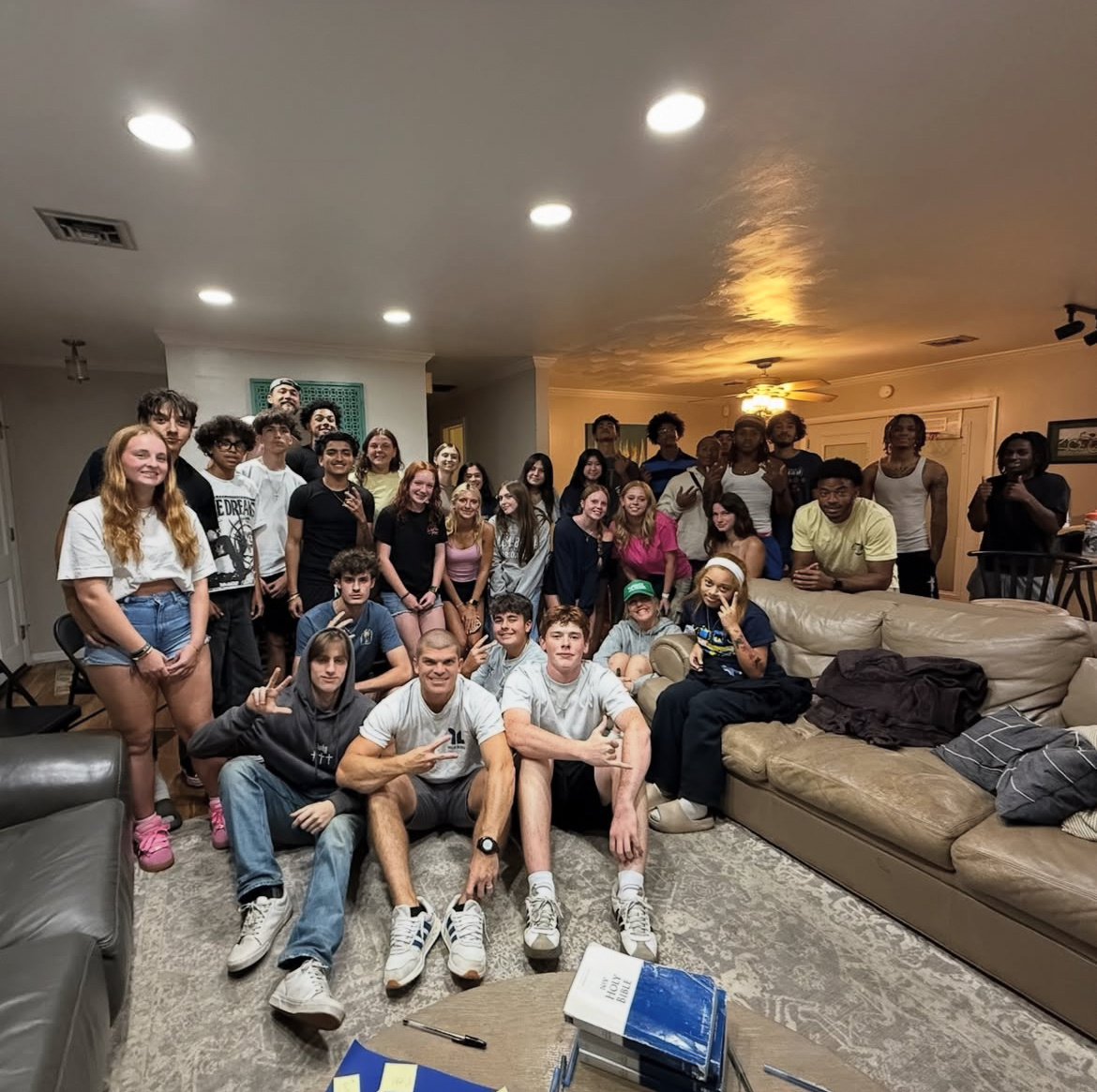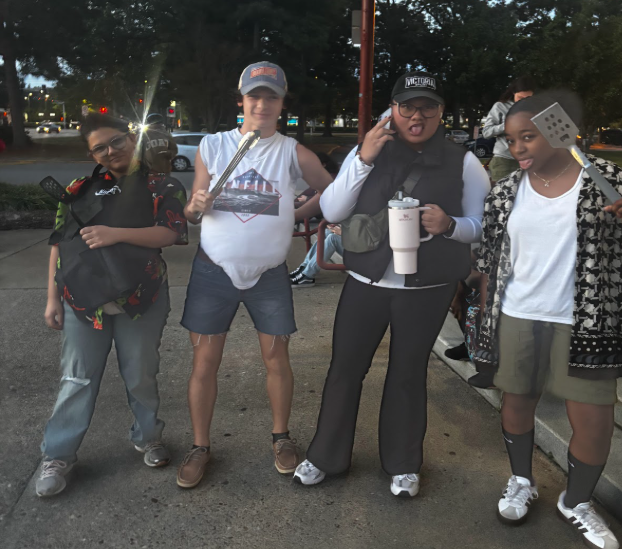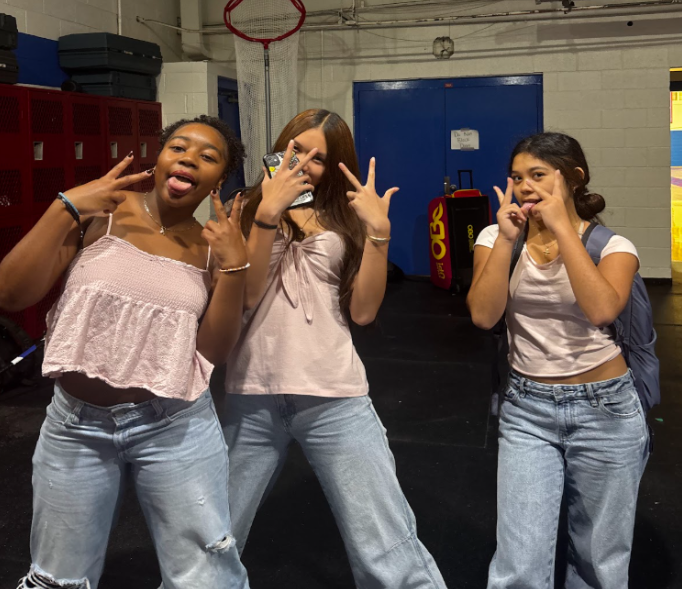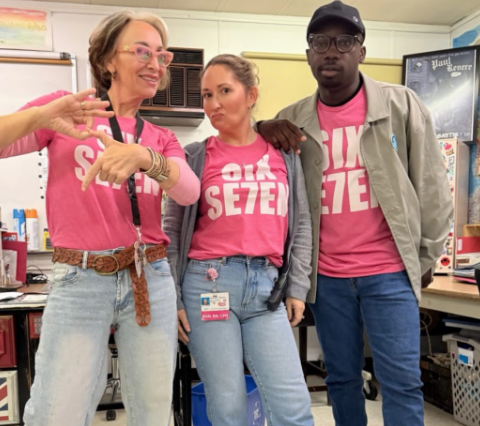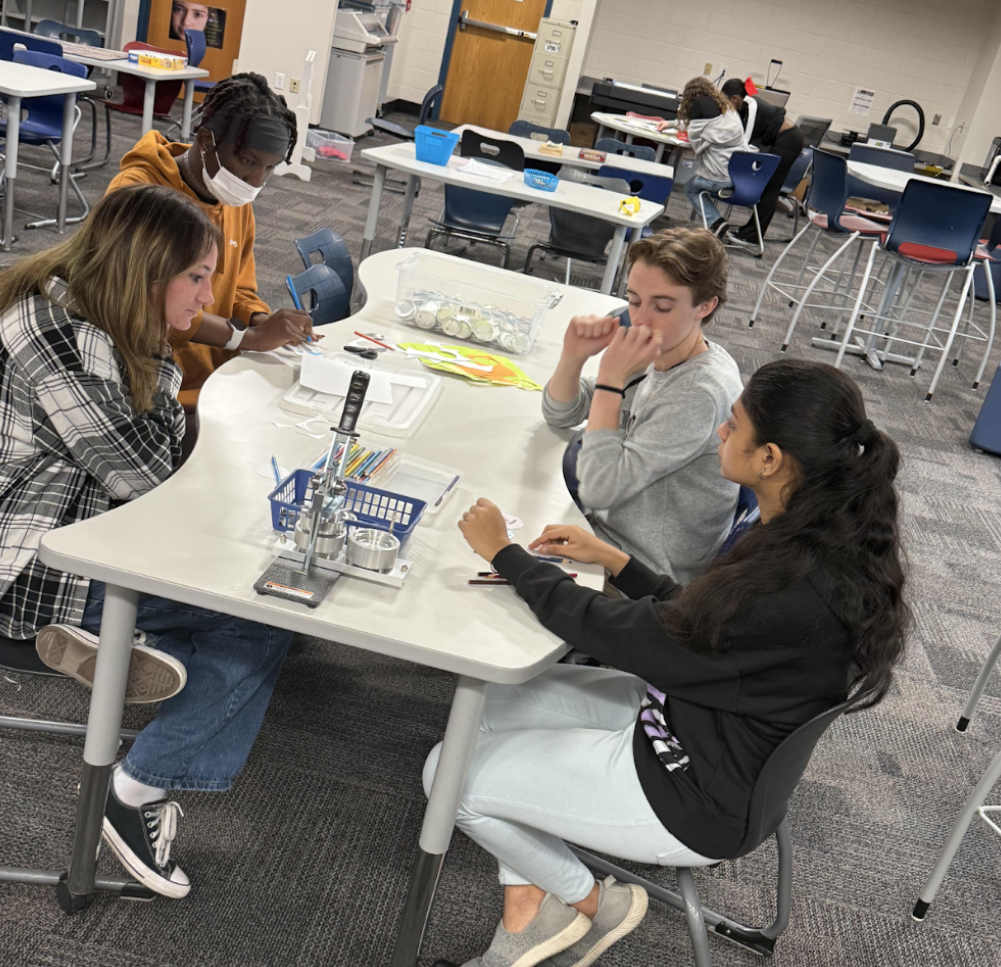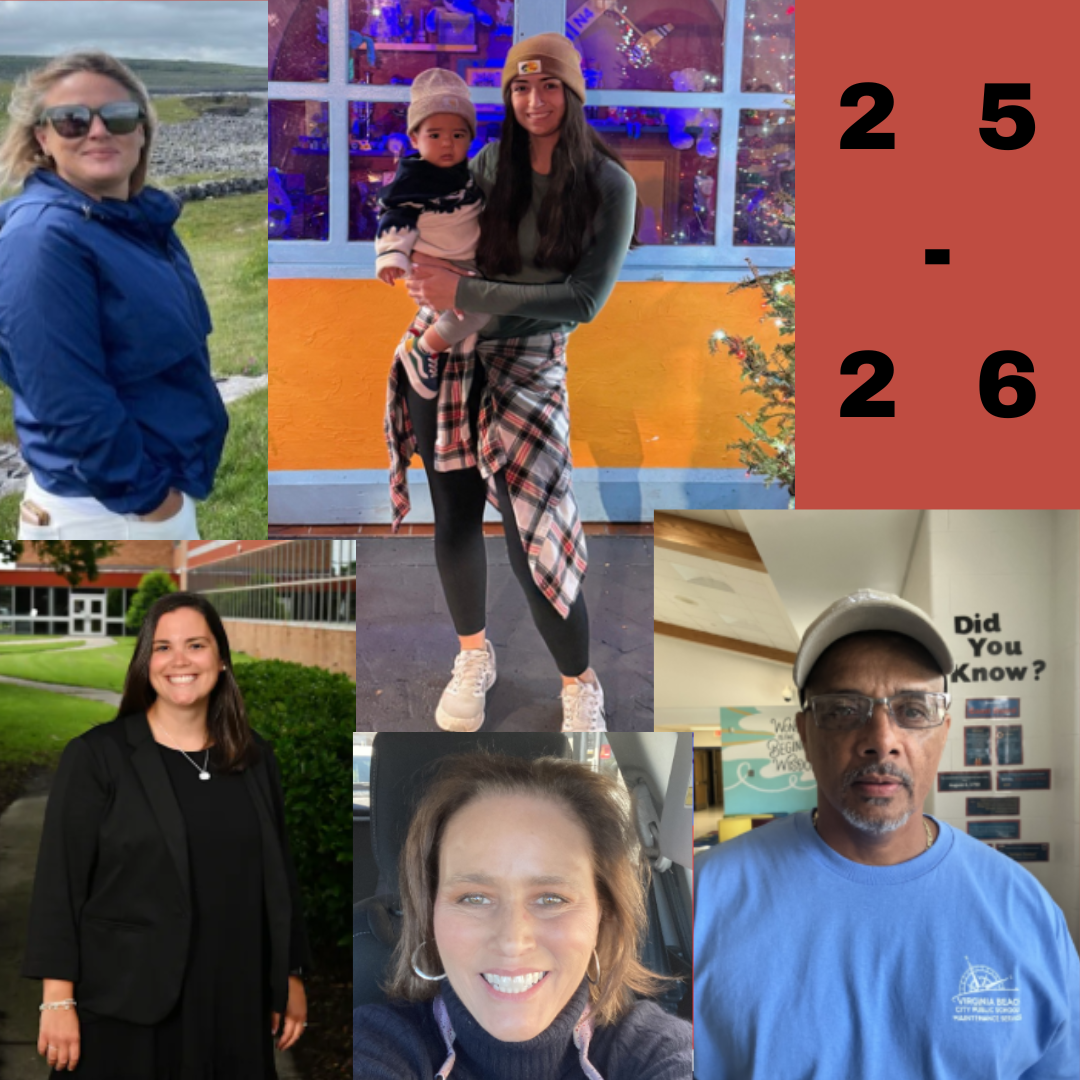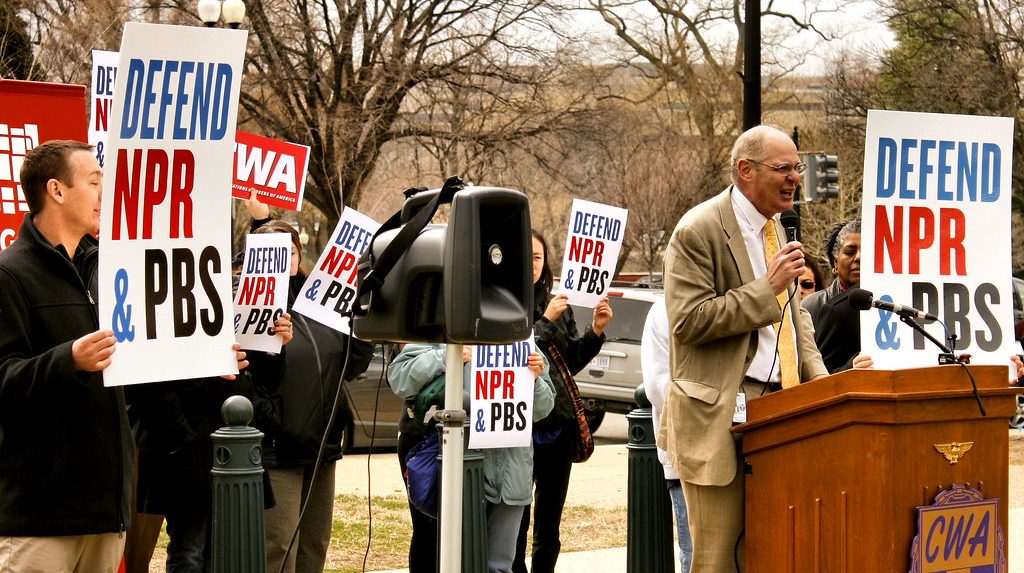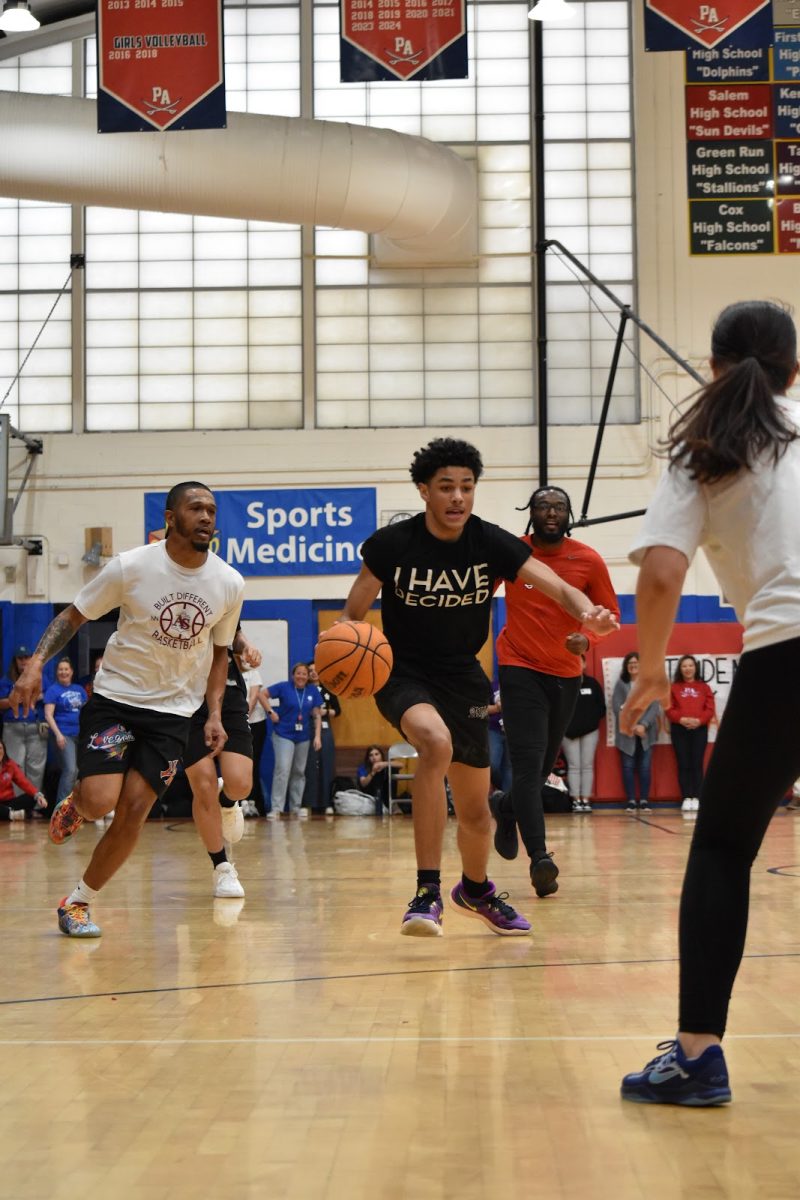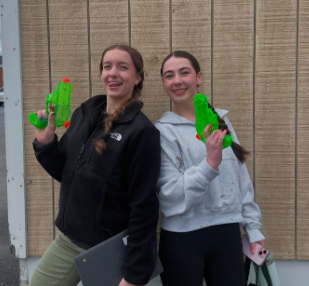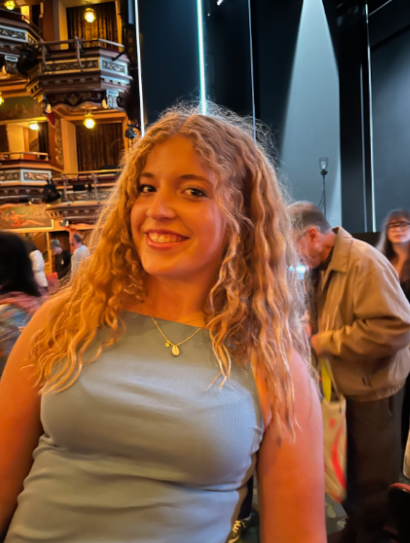PA students express their opinions about snow days
By Presley Hoke
Between February 19 and 20, Virginia Beach saw 10 inches of snow (in some places up to 14 inches), closing schools and forcing students to complete asynchronous work. PA students had mixed reactions to virtual schooling.
According to Virginia Beach City Public Schools, students were instructed to learn from home due to the hazardous road conditions, which made it unsafe to transport them to school. The city does not only focus on keeping the buses safe, but students who walk and drive to school in the dark and early mornings are factored into consideration as well.
Many students expressed their excitement at seeing the rare snowfall. “I was so glad we got snow … it never snows here,” said freshman Brooke Ferlauto.
While many students were happy about the time off, others said they did not like the snow. Brooke Ashton, a ninth grader, explained that she didn’t enjoy being in the snow because it was too cold, which made her uncomfortable.
Though some students did not like the cold, they agreed that the time at home was relaxing. Many students spent the three asynchronous days sleeping in every day, which they said was necessary. Some, such as ninth grader Peyton DeGaramo, said that she felt more energized when coming back to school the next week. “I was actually well rested for once, so the first . . . days back weren’t actually tiring,” she explained.
Many students enjoyed going outside to do various activities in the snow as well. These included sledding, having snowball fights with their friends, and walking their dogs. DeGaramo said that she and her friend enjoyed taking their dogs outside every day because the dogs enjoyed exploring as much as they did. She added that she also went in the hot tub two times despite the snow and freezing temperatures.
Freshman Ava Walters mentioned that she was glad the schoolwork was asynchronous and not on Zoom. “Zoom just takes so much time,” she commented. Walters explained that she was able to complete her assignments much faster than it would have taken her on a synchronous workday because she likes to work at her own pace.
Walters also brought up that she enjoyed spending time with her family. Because everybody’s schedule is so busy during school, she felt it could be hard to connect with her family at home. However, during their days off, Walters and her sister spent quality time building a snowman together.
Students reported that they had a few issues with their asynchronous assignments. DeGaramo said that a link in one of her assignments wasn’t working, so she joined her teacher’s office hours Zoom, and it was able to be fixed.
With many more distractions at home, it can be difficult to get work done, so students had various strategies to stay on task. Ferlauto shared that she kept a snack next to her while she worked. She also said, “I knew I had to do it because it counted as my attendance.” This made it easier for her to focus and get everything done, as she knew it was important to complete her assignments.
Snow day schedules varied for all students at PA. While they all took advantage of extra sleep in the mornings, the rest of their days looked different for everyone. DeGaramo said that she would wake up around 10 a.m., do her schoolwork, and then spend the rest of her day either enjoying her time outside in the snow or staying inside to watch a new show.
Ferlauto’s schedule was similarly busy every day. She explained that in the morning, she would watch a show and go to the gym. After that, she would spend time with her friends, either in the snow or inside. Then, when she came home, she would do her asynchronous assignments in the afternoon.
Overall, students expressed enjoyment of the time off from in-person school. They were able to reset themselves and prepare for returning to school the following week, as well as enjoy time with their friends and family in the snow.
Asynchronous Learning: Where is it now
By Brighton Escalante
Asynchronous learning was a niche concept just a few years ago. However, after the effects of the COVID-19 pandemic, it became more mainstream. Although schools are no longer in quarantine, asynchronous learning remains in use today, raising the question of how it has evolved since its initial widespread adoption.
According to Pew Research, virtual learning in 2020 had many problems and approximately 30% of students were chronically absent during this time. Technology was inconsistent, with around a third of parents reporting that their child faced some sort of technology-based obstacle. Some students didn’t even have access to necessary technology, with a reported 37% of students not having access to a computer at home.
PA students and teachers voiced their opinions. “It was rough, having to rely on technology like that without as many resources we have now,” said Ashley Karunaratne, a biology teacher at Princess Anne.
However, virtual learning has improved significantly in recent years, thanks to updates in technology and security and the availability of apps that support student learning.
“I’m glad we have things like Gizmo and Playposit, now,” Karunaratne stated. “It makes things a whole lot better.” Gizmo and Playposit are educational apps that allow students to interact with videos or virtual labs assigned by their teacher.
There is also better communication with improvements to things like Google Meet and Zoom, allowing for easier connections between students and teachers. “I feel like I’m able to communicate better now,” freshman Makayla Dlabaj said. “Whenever I have a question, I just join [the Google Meet], and I’m able to get help.”
Although technological problems with asynchronous work have improved, there are still challenges related to the personal aspects. During the 2019-2020 school year, asynchronous work was necessary in order to keep classes moving because of the pandemic.
Now asynchronous platforms are implemented for inclement weather and emergency issues such as power outages. Additionally, students may enroll in asynchronous classes through Virtual Virginia. While asynchronous learning is now widely used, some students still don’t support it.
“I hate asynchronous work,” said freshman Jaxon Moye. “I wish we could just have the days off” (referring to snow days).
“I mean it’s easy, but it’s also super boring so, why do it?” said freshman Lucas Perritt, explaining the problem with lack of engagement during asynchronous learning. Students were also impacted by distractions during asynchronous learning.
“If I’m at my house and there’s snow outside, I’m not gonna feel like opening my Chromebook for an assignment,” Moye stated.
Some teachers agree, with Karunaratne stating, ”Some students [who] don’t do their work can be a little frustrating at times.” She estimated that around 25%-45% of students don’t end up doing their work during asynchronous days.
Principal Todd Tarkenton holds a different view: some students learn well through this platform. He notes, “ Some students benefit from asynchronous learning: if they prefer to work at their own pace, asynchronous learning can work for them.” Tarkenton further added that based on an informal staff survey, student productivity is almost equal to when in the building.
Whether students agree or disagree, the virtual platform enables schools to provide adequate instruction, thereby avoiding the need to add make-up days to the school calendar. According to English teacher Cameron Xenakis,“Before asynchronous learning, we used to have added time or even Saturday school. Days off were even taken away and reconstituted into full school days.”
This year half days were changed to full days and even one staff day was changed to an in person day. However Tarkenton stated “out of the three days off only one had to be made up because of asynchronous learning.”
Though there are still issues, improvements along with introductions of education-based apps such as IXL, ThisIsSchool, and others have given students a more interactive asynchronous learning environment. Other improvements to home apps such as Classlink and Canvas also allow for easier access to assignments and teachers in order to provide that engagement between students and teachers.
Discussing her view on asynchronous learning, Karunaratne stated, “I think asynchronous learning has improved a lot, but it still has a long way to go if we want to make it worthwhile.”



